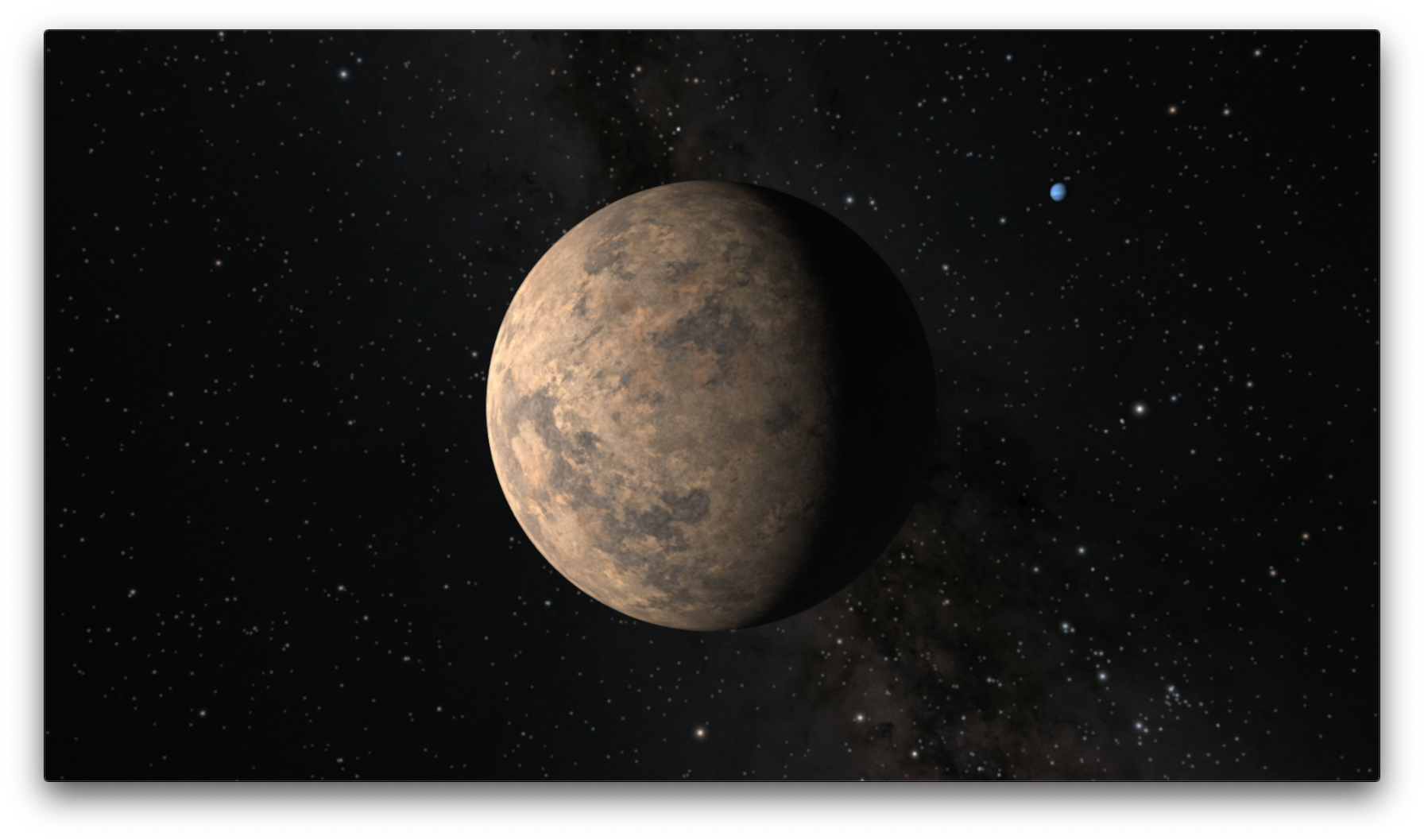Animations of TESS's First Exoplanets
Illustration of the exoplanet LHS 3844 b. It is a rocky planet about 1.3 times Earth’s size located about 49 light-years away in the constellation Indus, making it among the closest transiting exoplanets known. The star is a cool M-type dwarf star about one-fifth the size of our Sun. Completing an orbit every 11 hours, the planet lies so close to its star that some of its rocky surface on the daytime side may form pools of molten lava.
Credit: NASA/MIT/TESS
Illustration of the exoplanet Pi Mensae c. The planet is about twice Earth’s size. Every six days, the new planet orbits the star Pi Mensae, located about 60 light-years away and visible to the unaided eye in the southern constellation Mensa. The bright star Pi Mensae is similar to the Sun in mass and size.
Credit: NASA/MIT/TESS
Illustration of exoplanet HD 21749 b. The planet is about three times Earth’s size and 23 times its mass, orbits every 36 days, and has a surface temperature around 300 degrees Fahrenheit (150 degrees Celsius).
Credit: NASA/MIT/TESS
Information block about the LHS 3844 system.
Credit: NASA/MIT/TESS
Information block about the Pi Mensae system.
Credit: NASA/MIT/TESS
Information block about the HD 21749 system.
Credit: NASA/MIT/TESS
For More Information
Credits
Please give credit for this item to:
NASA's Goddard Space Flight Center. However, individual items should be credited as indicated above.
-
Producer
- Scott Wiessinger (USRA)
-
Science writer
- Francis Reddy (University of Maryland College Park)
-
Public affairs officer
- Claire Andreoli (NASA/GSFC)
-
Animator
- Scott Wiessinger (USRA)
Release date
This page was originally published on Monday, September 2, 2019.
This page was last updated on Wednesday, May 3, 2023 at 1:45 PM EDT.
